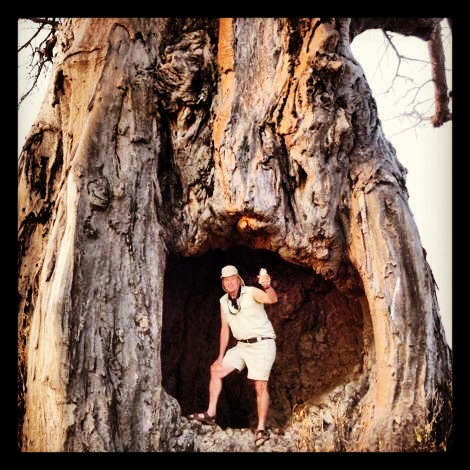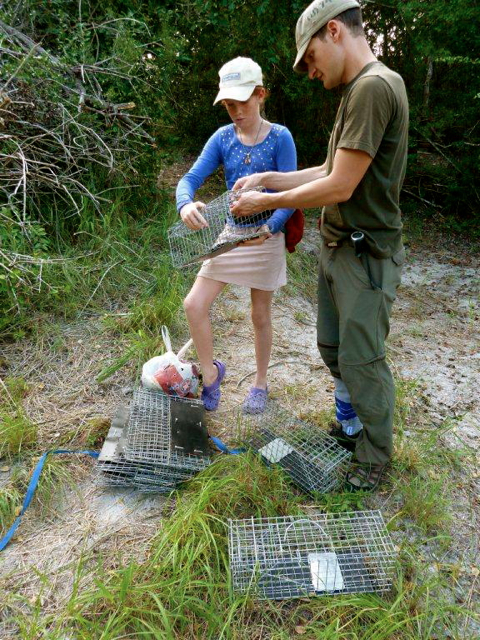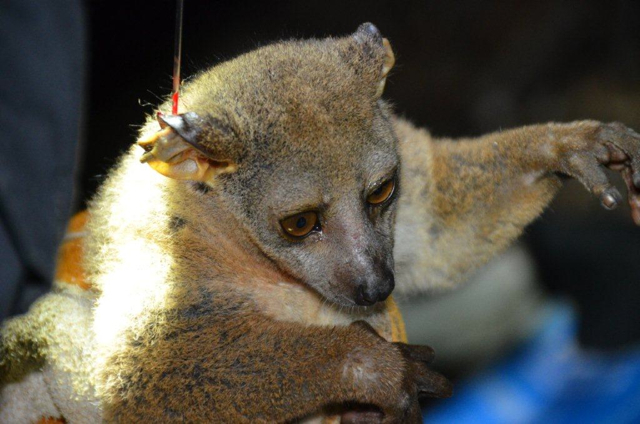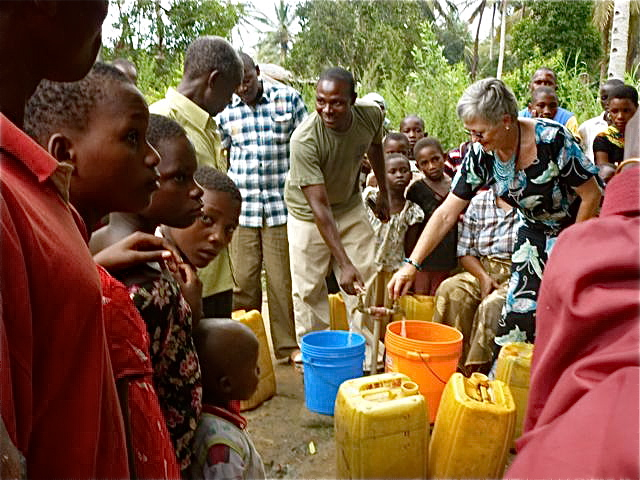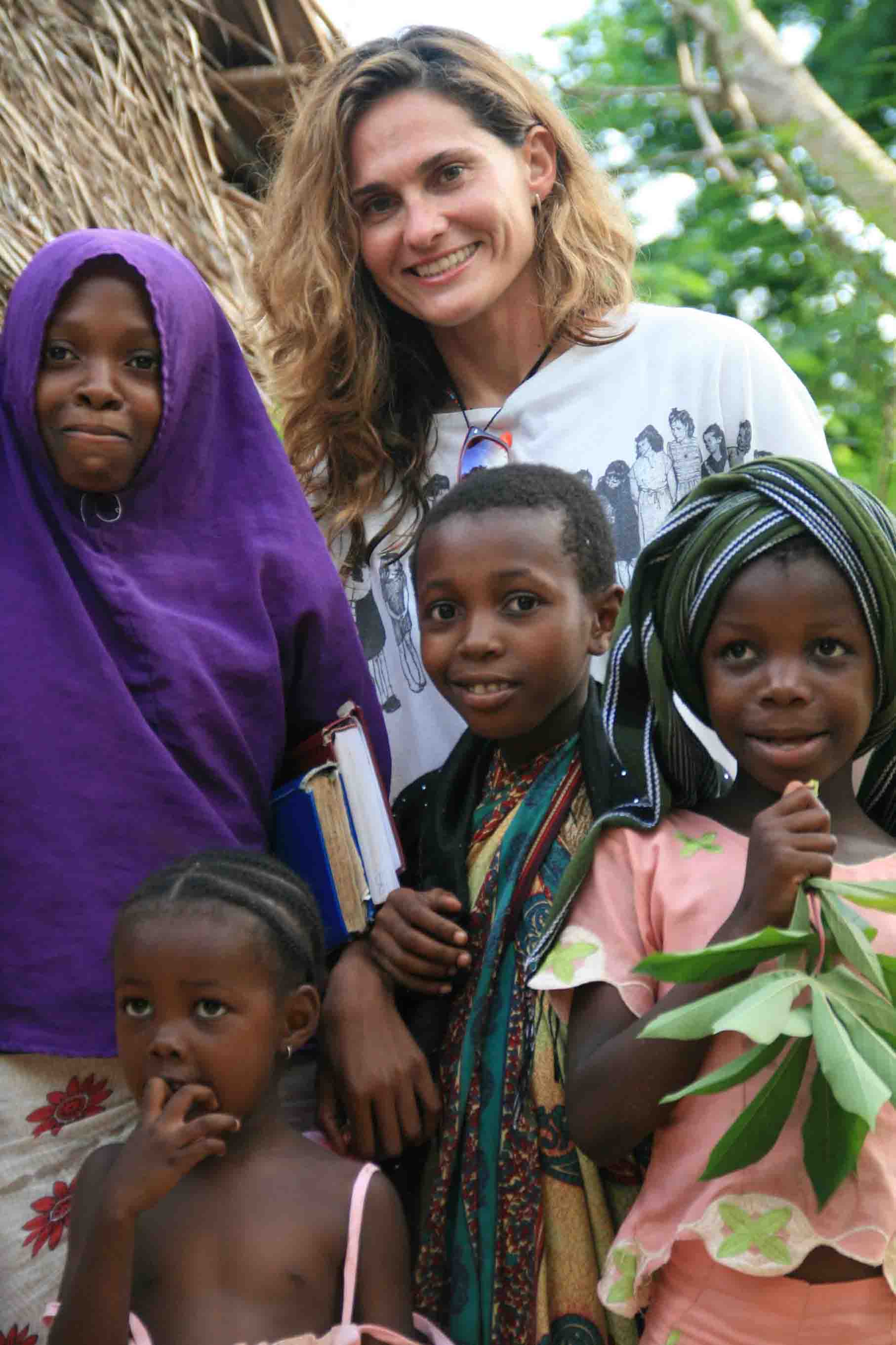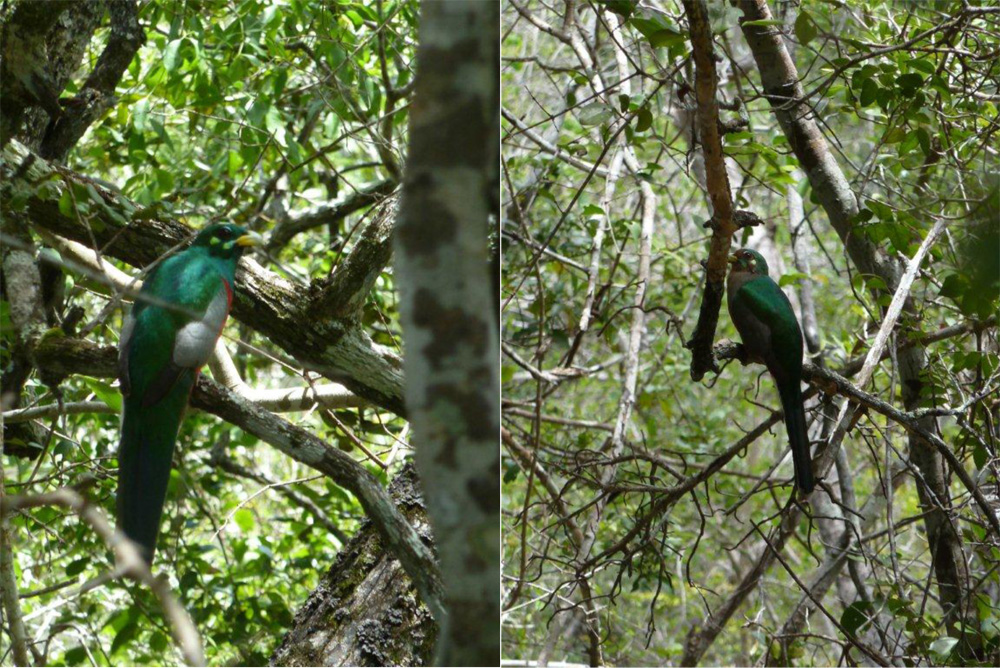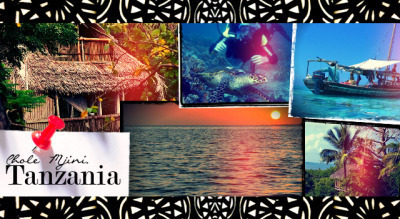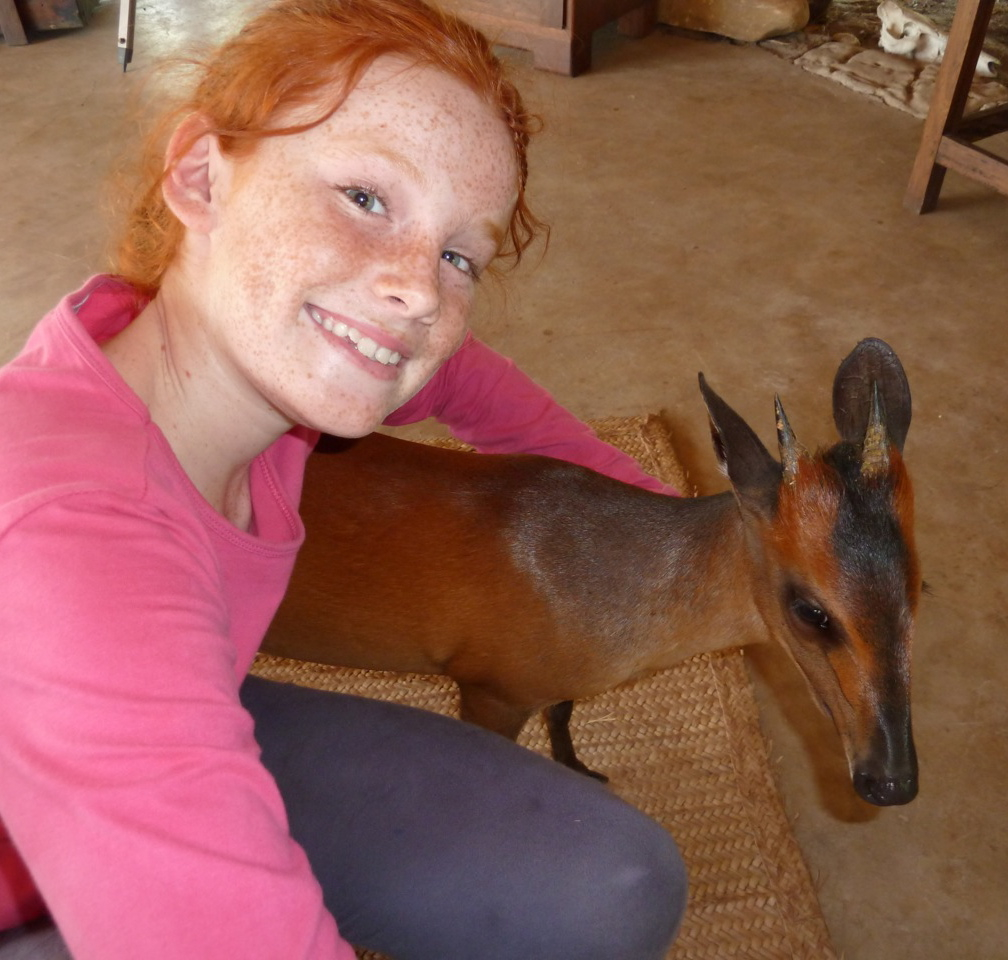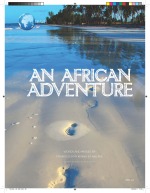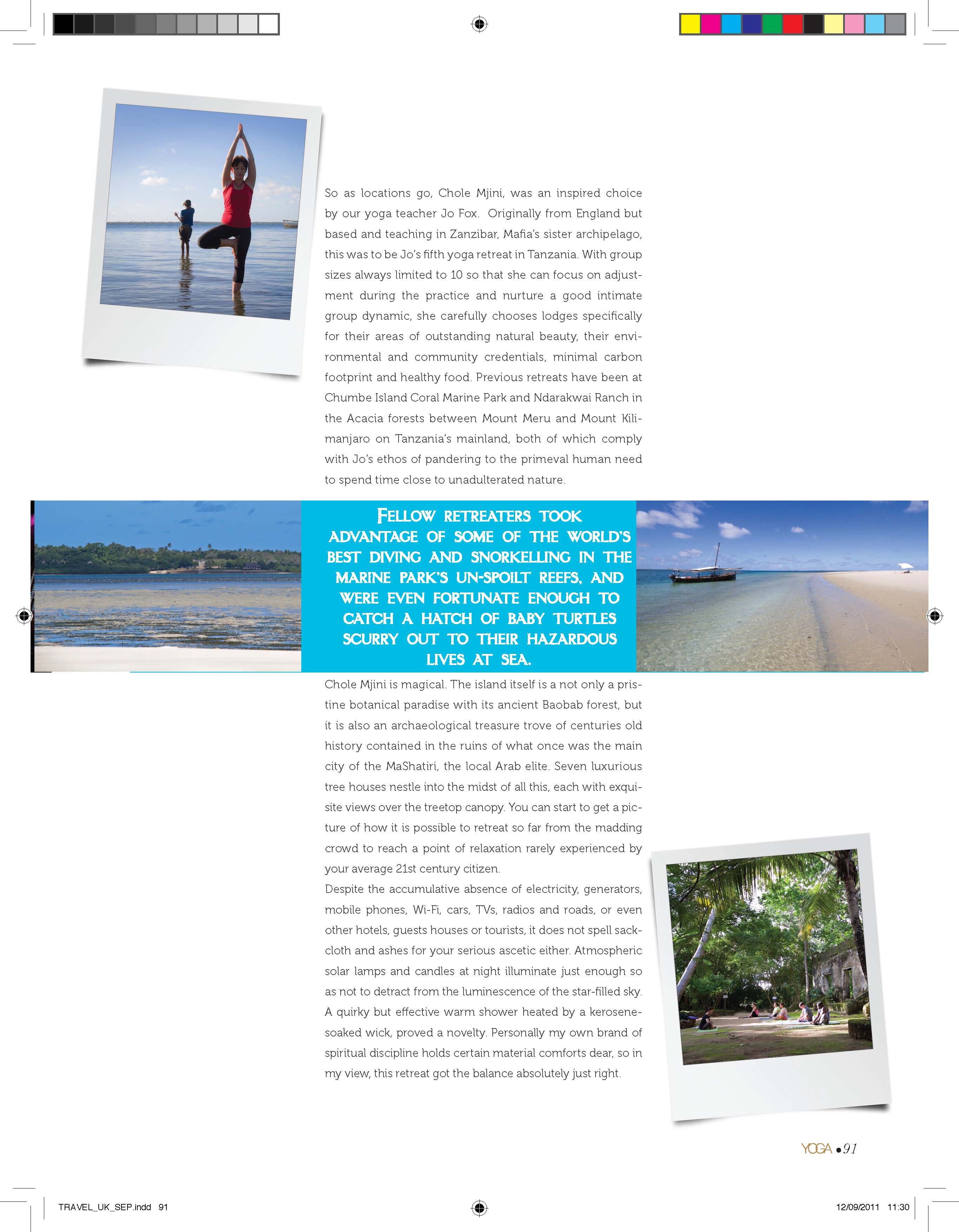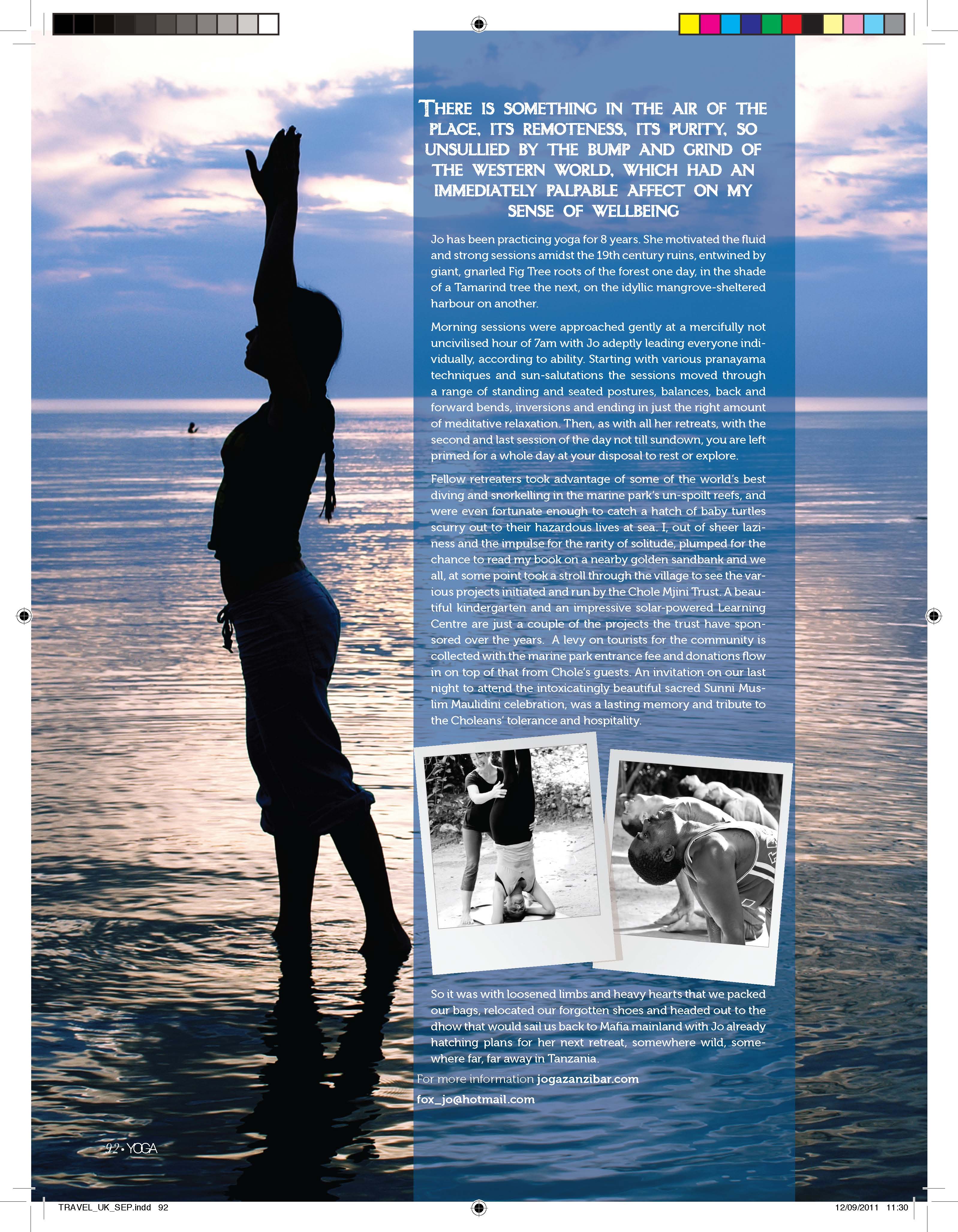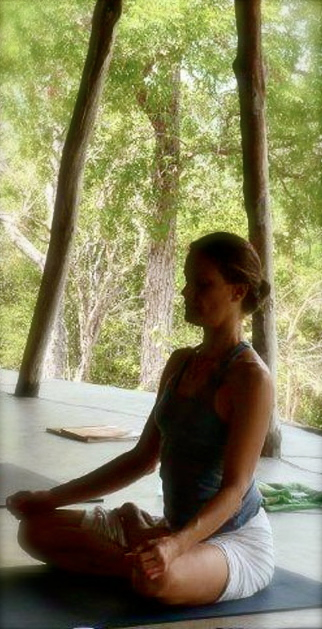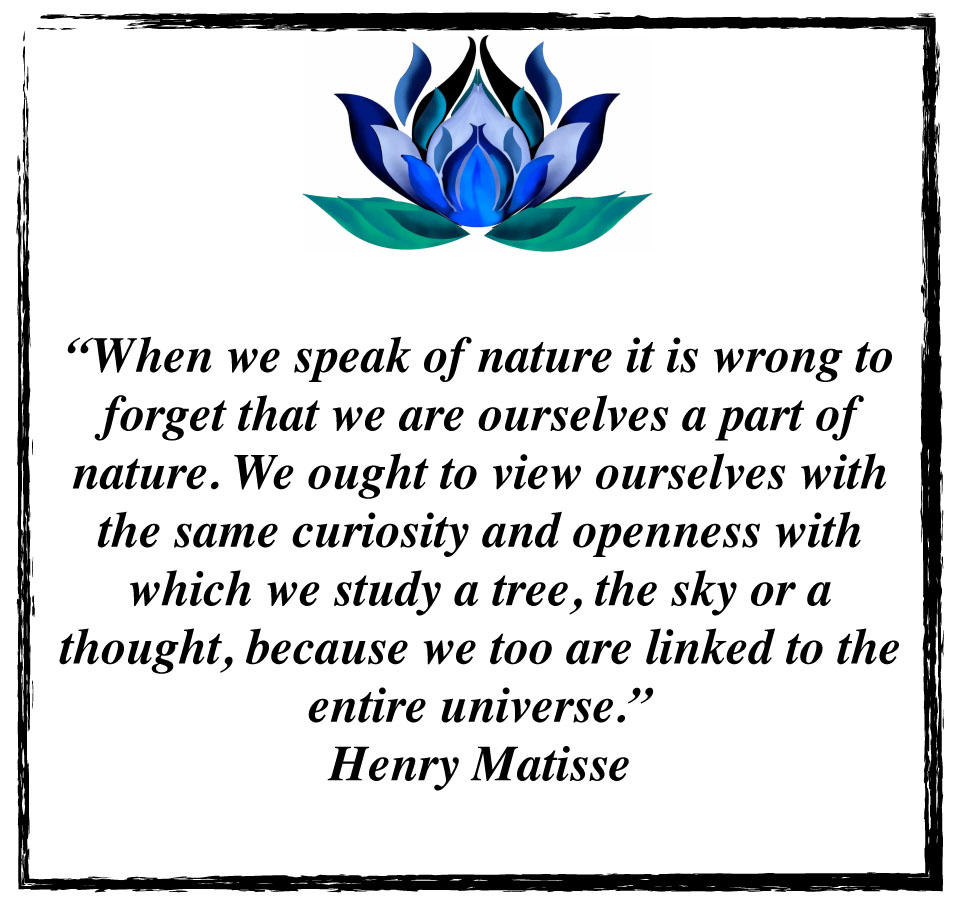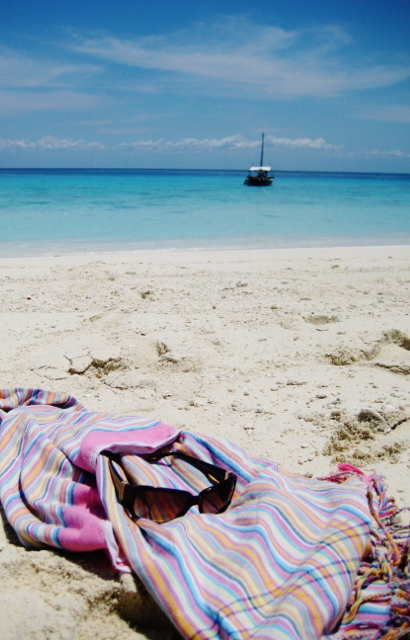It was an early morning, against all their natural wish to sleep in, Jackie and The Gang were forced to wake up by the strong desire to explore the Hidden Valley.
On the cool winds of 5:30 in the morning, while it was still dark and the almost full moon slowly disappearing from the sky, Jackie and The Gang dragged themselves out of bed and almost sleep walked their way to the restaurant where the coffee was smelling so invitingly.
With their breakfast boxes and torches in front of them, Jackie and The Gang headed in the general direction of Hidden Valley, across the Valley and up the other side to cross what they called "the meadow”.
On the meadow, the sky was getting lighter but the sun had not yet come up. Jackie said to Gang Member No. 1, “Gosh there’s not much here,… is there? I bet you’d like to see a cheetah or a leopard just now,…. Wouldn’t you? ….Oh look there’s a something,… What is it? What are THEY?”. Walking in their direction, silhouetted against the sky getting brighter was not one,… not even two, but THREE cheetahs.
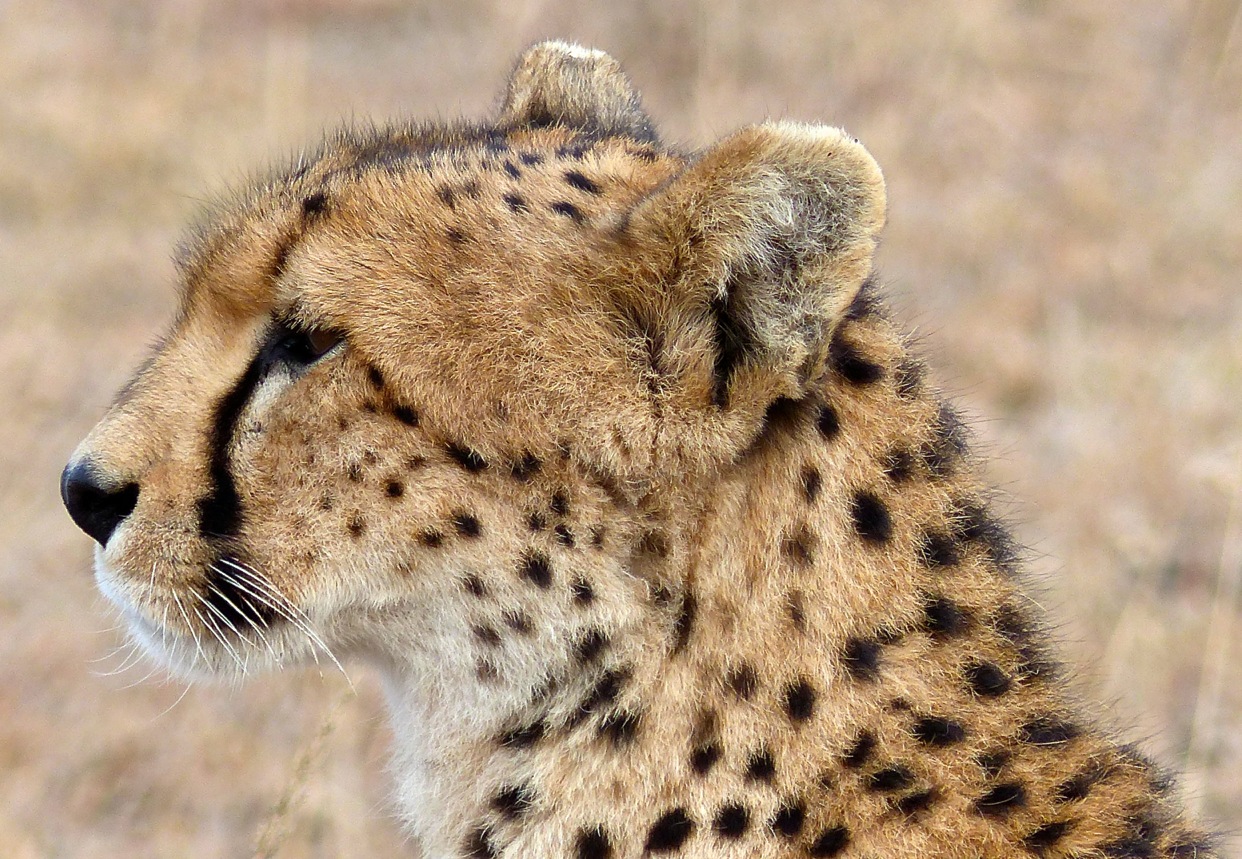
Jackie and The Gang stopped the car to have a better look at the cheetahs. Just like the cheetahs, they scanned the surrounding for any sign of antelope or gazelle, but could not see anything. The cheetahs looked sleek and in good condition, but hungry and ready for action, almost like Jackie and The Gang were.
The sun was slowly coming up, and it was as if the sun called upon the gazelles to wake up, some grants gazelle were seen coming up the horizon. They cheetah had seen them too and one of the females was making a serious effort at stalking one of the Grants. The other two cheetahs disappeared from The Gang’s view and as Jackie watched, she thought that was the mum of the family as the cheetah moved in for the hunt.
The cheetah’s movements, deliberate and stealthily, left Jackie feeling slightly nervous, she had never seen a cheetah hunt before. As the cheetah moved in closer, one of the gazelles noticed something was not right and sounded the alarm. The Cheetah aborted her efforts and when the other two joined her they moved on together towards the main valley. Jackie and The Gang followed!
Jackie and The Gang had a short debate whether to stay with the cheetahs or stick with the objective of exploring “Hidden Valley”. Unanimously they decided that hidden valley could stay hidden from them for another day, they’d stick with the cheetahs! They started driving back the very same way they had come earlier in pursuit of the cheetahs.
Taking a wide loop, Jackie and The Gang overtook the cheetahs and took a high vantage point on the other side of the meadow where they could see a Black Backed Jackal trotting up to where they were positioned. The Jackal, holding its head high was carrying a baby Dikdik in its mouth. It had no idea that it was walking straight toward three hungry cheetahs
The cheetahs came over the rise of the valley while the Jackal was in the bottom of the valley. There must have been a moment of surprise and then shock when the Jackal realised the predicament it had walked into. The Jackal broke into a run. The run became a sprint for its life as one of the cheetahs gave chase. The jackal dropped the Dikdik which must have distracted the cheetah enough to let the Jackal get away.
The poor Dikdik, was not yet dead, but had been picked up by one of the two Cheetah who seemed slightly confused as to what to do with this small little creature. The cheetah siblings were trying to decide what to do with the dikdik while the other cheetah moved into the valley and out of our view. Brother and sister walked around with the dikdik, put it down, picked it back up again, until eventually the young male settled down to eat the dikdik.
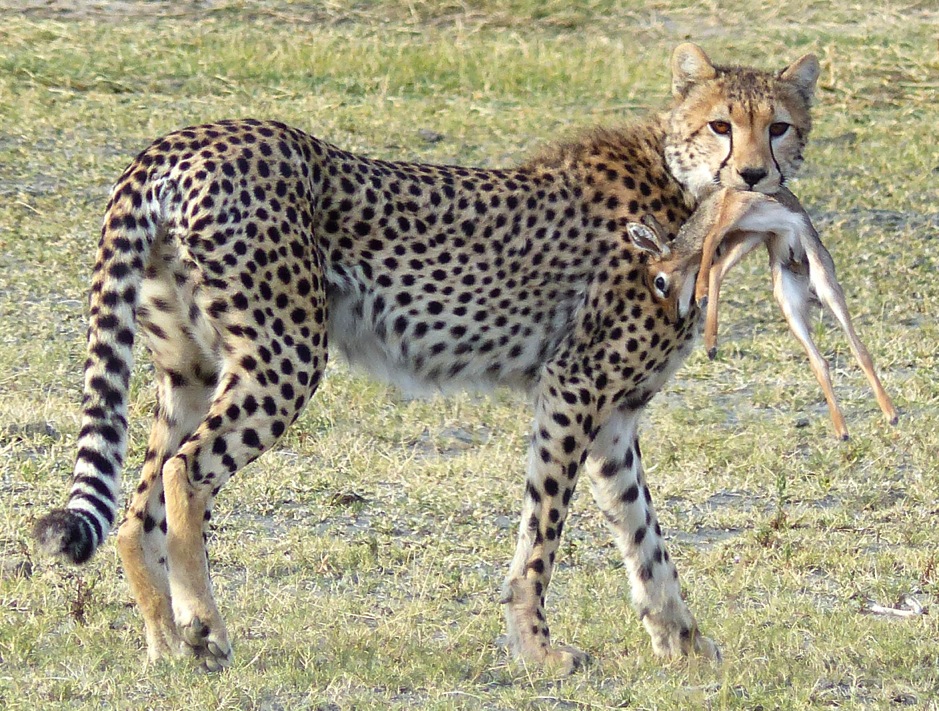

As Jackie and the Gang watched the two youngsters eat this tiny meal, they saw the mother cheetah down in the valley. She had spotted a herd of Grants gazelle grazing in the bottom of the valley. She was still a good 300 meters away from the gazelles and it was obvious to Jackie and The Gang that the cheetah’s pursuit from such a distance would be unsuccessful, and Jackie and The Gang decided to stay with the two youngsters who had by now just about eaten the measly snack they had stolen off the jackal.
After a while, Jackie and The Gang decided to go and have a look to see where the cheetah might be. Sitting up under a bush, panting but calling for her cubs because lying in the shade next to her was a dead baby Grants gazelle.

Hidden Valley was therefore kept on Jackie and The Gang’s wish list to explore another day, but for that morning they were content to have had the most amazing Cheetah experience,… and all of this only about 2km from the camp they were staying, Ndutu Safari Lodge.
Original story by Jackie Barbour, edited by Zaituni Ituja.
Photos Courtesy of Sarah Barbour.
The family stayed at Ndutu Safari Lodge in July 2014
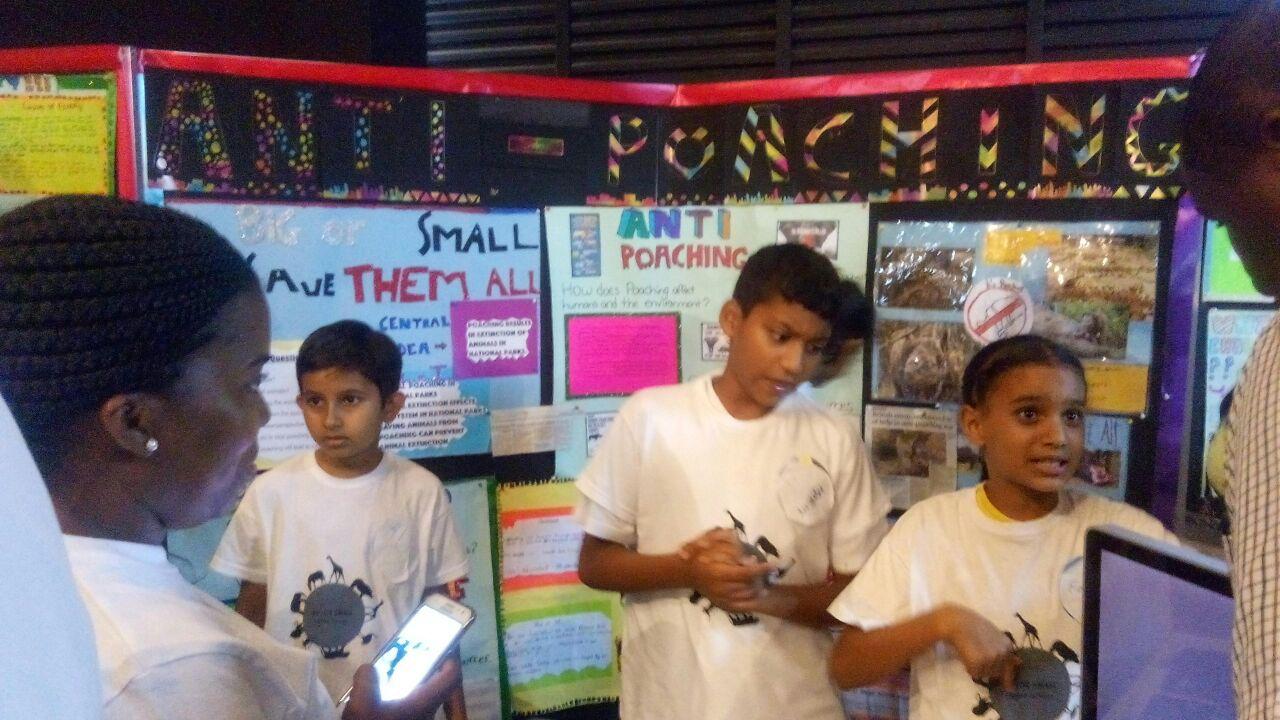
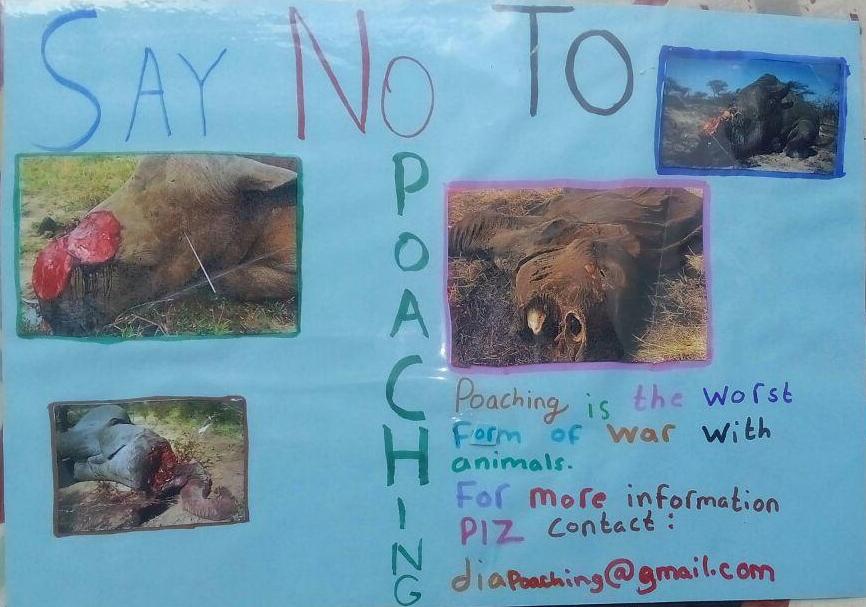
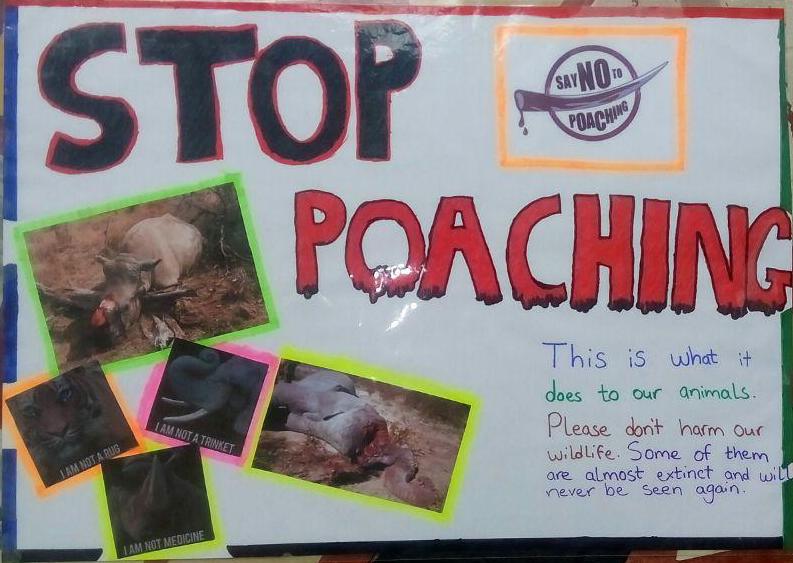
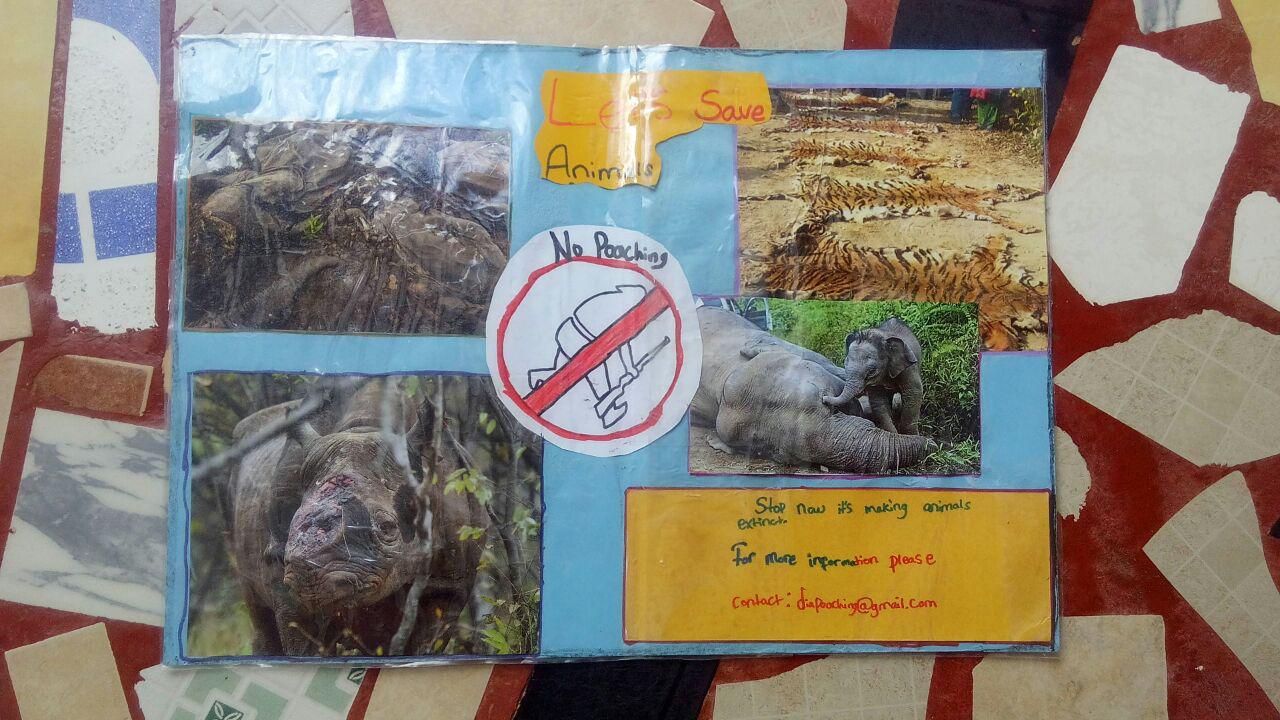
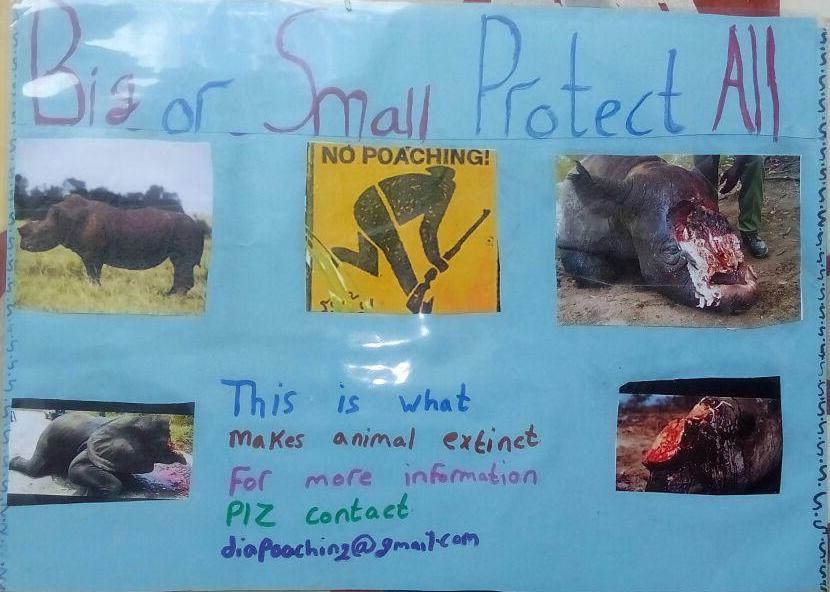
 Wednesday, June 7, 2017 at 01:16PM
Wednesday, June 7, 2017 at 01:16PM



